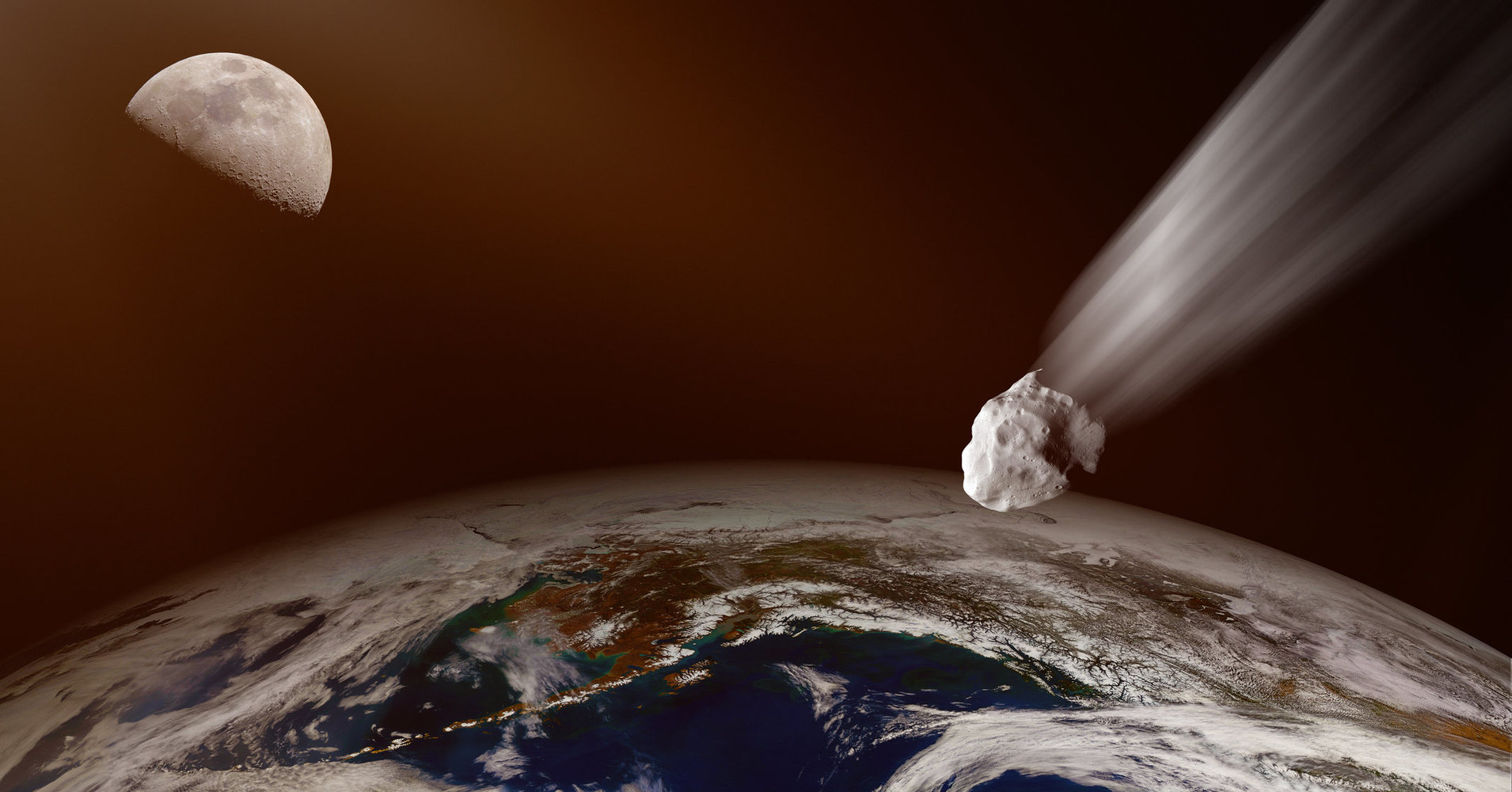



It’s the stuff of science fiction: Scientists discover that an asteroid is heading for Earth, and we don’t have any measures in place to prevent the space rock from hitting us. But this scenario is actually more plausible than many people realize.
There are about 15,000 asteroids in our immediate galactic neighborhood. On March 2, astronomers at the Catalina Sky Survey in Arizona spotted a 10-foot-wide space rock that passed Earth, “diving in closer than many communications and weather satellites,” Space.com reports. The asteroid came within 9,000 miles of Earth, according to NASA’s Center for Near Earth Object Studies. The moon, by comparison, is about 239,000 miles from Earth.
NASA has a website devoted to the possibility of an asteroid hitting the planet. And it’s involved in an international collaboration with the European Space Agency, known as the Asteroid Impact and Deflection Assessment mission, to address the issue. AIDA is in the planning stages of a proposal to somehow alter the course of asteroids in outer space ― especially any that are in danger of hitting Earth.
Ed Beshore, an engineer who helped build the Catalina Sky Survey software technology that detects asteroids, said we’re still several years away from even the first stages of the AIDA experimental asteroid deflection system, and the project needs a lot of funding.
“NASA can only respond to funded mandates from Congress, so Congress has to be convinced to spend money,” Beshore told The Huffington Post. “These missions are not cheap ― they’re hundreds of millions of dollars ― so Congress has to explicitly allocate money for those sorts of things. And it really gets down to them deciding where the money is supposed to be spent.”
Yet the Trump administration has indicated it may cut NASA’s funding.
“I think, to some degree, the response is pretty much commensurate with the risk,” Beshore said. There’s no immediate, looming threat of an asteroid collision that scientists can point to, and so Congress and policymakers are focusing on the problems they can see.
“Risk is the product of two things: the likelihood that something’s going to happen and the consequences if it does,” he said. “Consequence is dictated by the size of these objects. How big are they and what’s the likelihood that we’re going to get hit by a big enough object to do some damage?”
Beshore is on the review panel for NASA’s half of the combined AIDA mission. He said a 65-foot-wide asteroid that streaked through the sky in 2013 and exploded over Chelyabinsk, Russia, showed up with no warning. Its sonic blasts released 30 times more power than the atom bomb dropped on Hiroshima, Japan, according to Forbes. It injured about 1,000 people and damaged many buildings, as seen in the video below.


If you want to skip the.


Among his many other noble titles,.


Scientists, environmentalists and Democratic lawmakers pounced.


Dr. John Aucott loves to let.
Leave a Comment